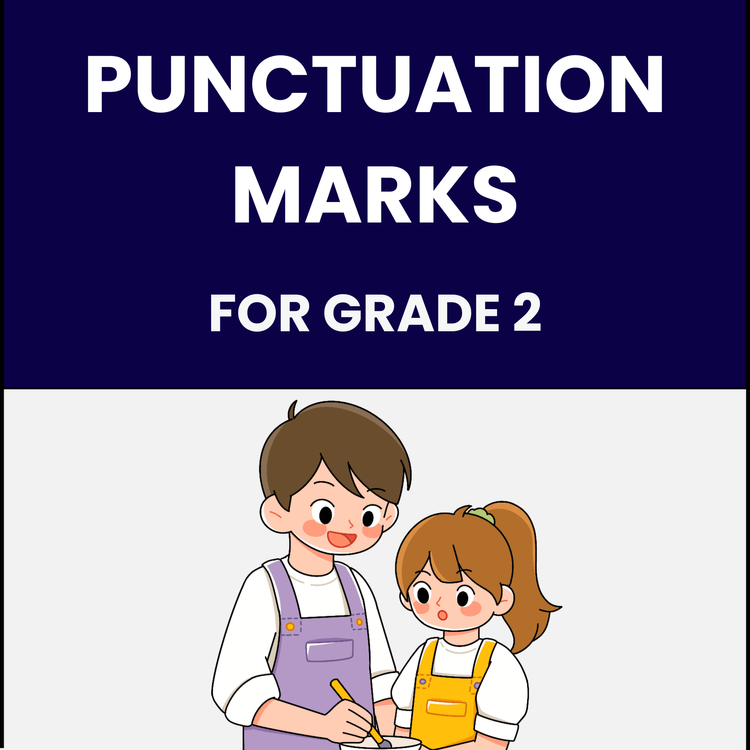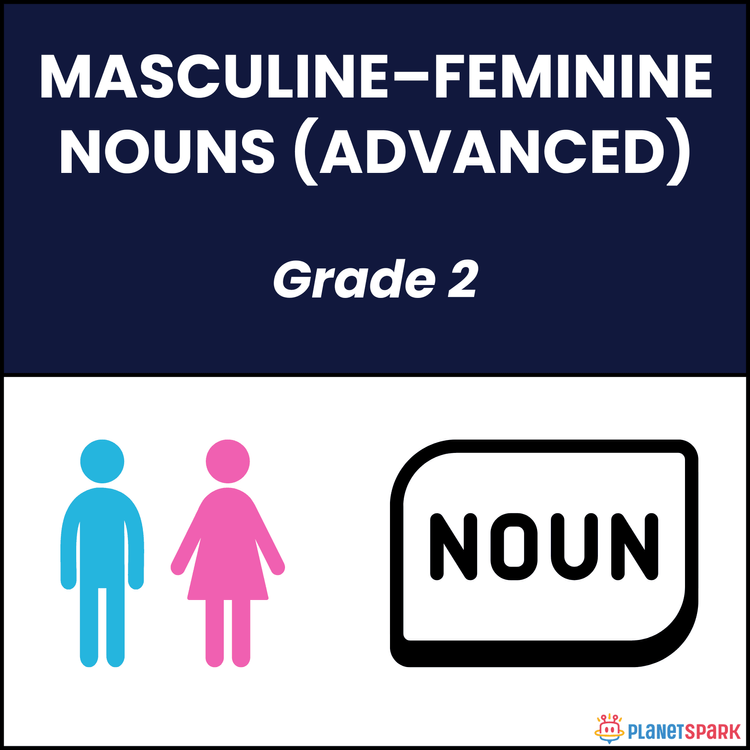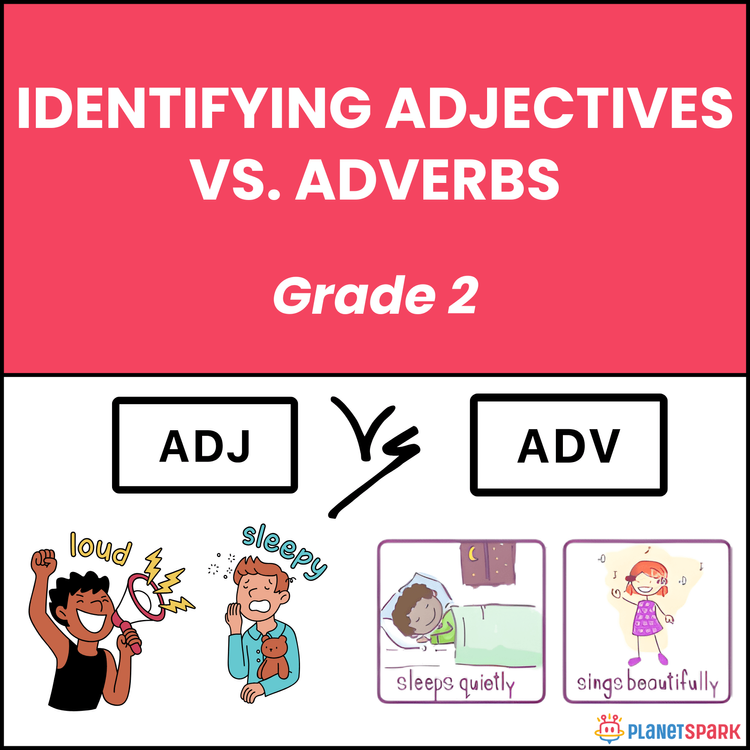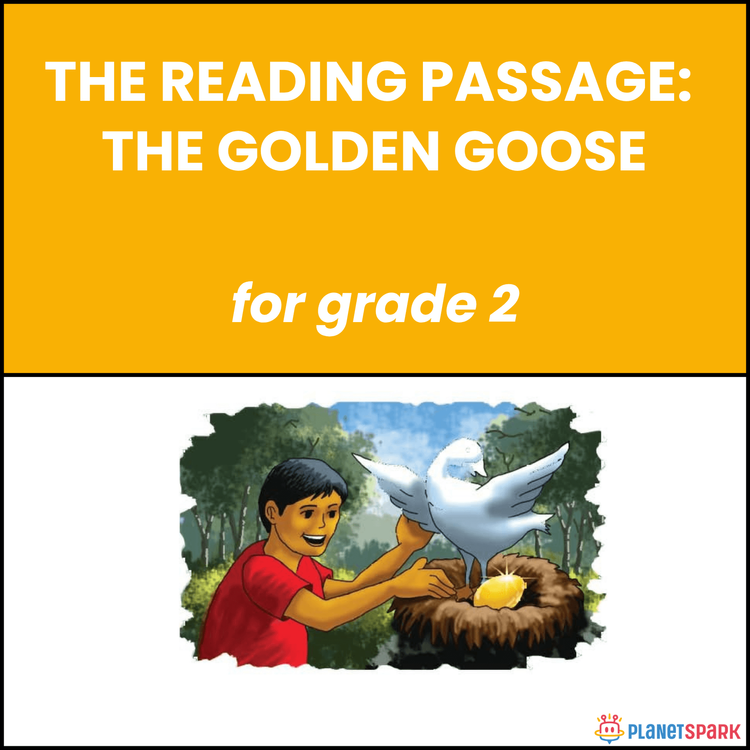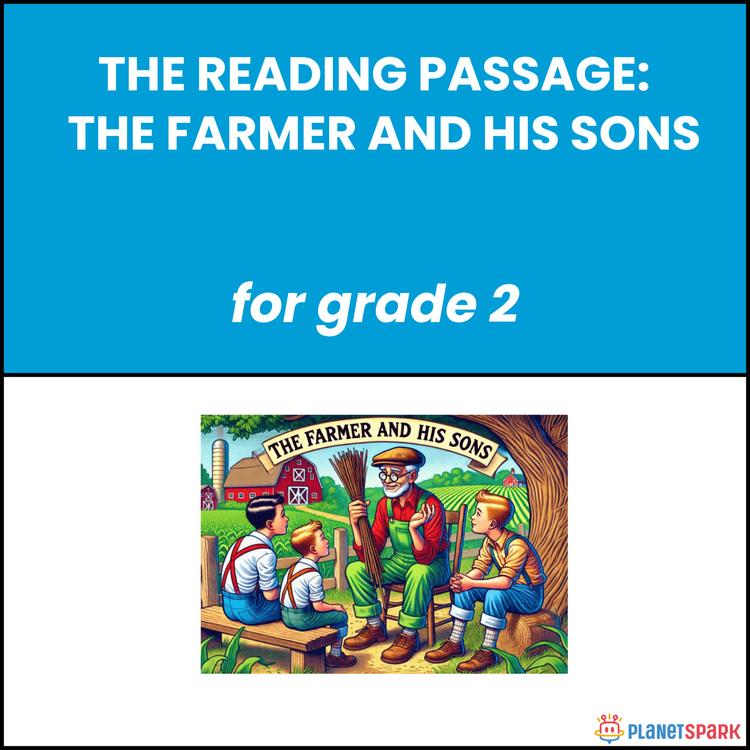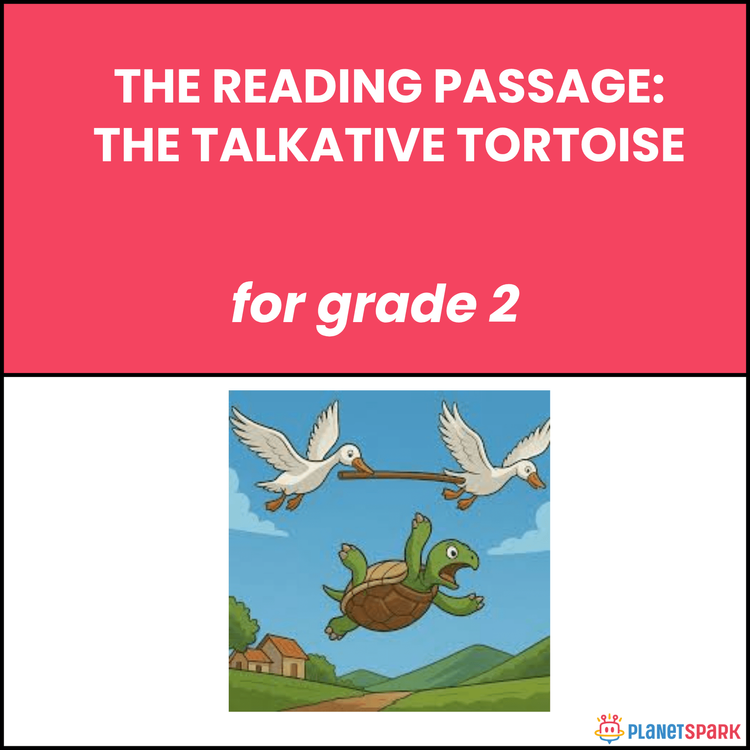Grade 2 Reading Passage on The Greedy Dog


Grade 2 Reading Passage on The Greedy Dog
Think Before You Bark: The Greedy Dog Reading Comprehension for Grade 2
This Grade 2 reading comprehension worksheet, *“Think Before You Bark: The Greedy Dog,”* tells a classic moral tale that helps children learn about contentment and the dangers of greed. The story follows a dog who finds a bone and, while crossing a bridge, mistakes his reflection for another dog with a bigger bone. When he barks to grab it, his own bone falls into the water and sinks. Through this simple yet powerful story, children learn that greed can make us lose what we already have.
Why Reading Comprehension Matters in Grammar?
Reading comprehension helps young learners connect actions and emotions to language. For Grade 2 readers, this story strengthens both moral thinking and sentence understanding by:
1. Teaching cause-and-effect relationships.
2. Building vocabulary through familiar life examples.
3. Encouraging reflective reading and critical thinking.
4. Reinforcing empathy and gratitude through storytelling.
What’s Inside This Worksheet?
Exercise 1 – Multiple Choice Questions
Students answer factual questions about the dog’s actions and what he learned at the end.
Exercise 2 – Comprehension Questions
Students think deeply about the story’s moral and write short reflective answers.
✅ Answer Key (For Parents & Educators)
Exercise 1 – Choose the Correct Answer
1. c) A bone
2. c) In the stream
3. a) Another dog with a bigger bone
4. b) He dropped his bone into the water
5. a) He lost his bone
6. d) To be careful and not greedy
Exercise 2 – Answer the Following Questions
7. The dog barked at the reflection thinking it had a bigger bone.
8. He lost it because he was greedy.
9. He lost the bone in the stream.
10. The story teaches us to be content and not greedy.
Encourage your child to reflect on gratitude and wise choices with this *Greedy Dog* reading comprehension worksheet!
🔖Book a free trial!
Frequently Asked Questions
It illustrates that being satisfied with what we have prevents loss and disappointment caused by wanting too much.
They encourage children to think about wise versus foolish choices while practicing reading fluency and text analysis.
Students learn to evaluate character decisions, predict outcomes based on behavior, and understand symbolic meanings in stories.
